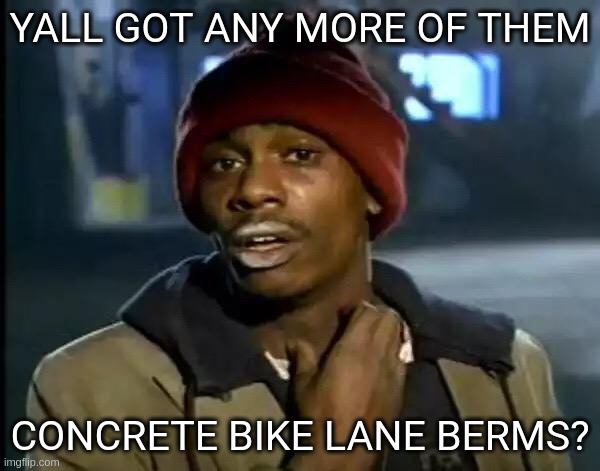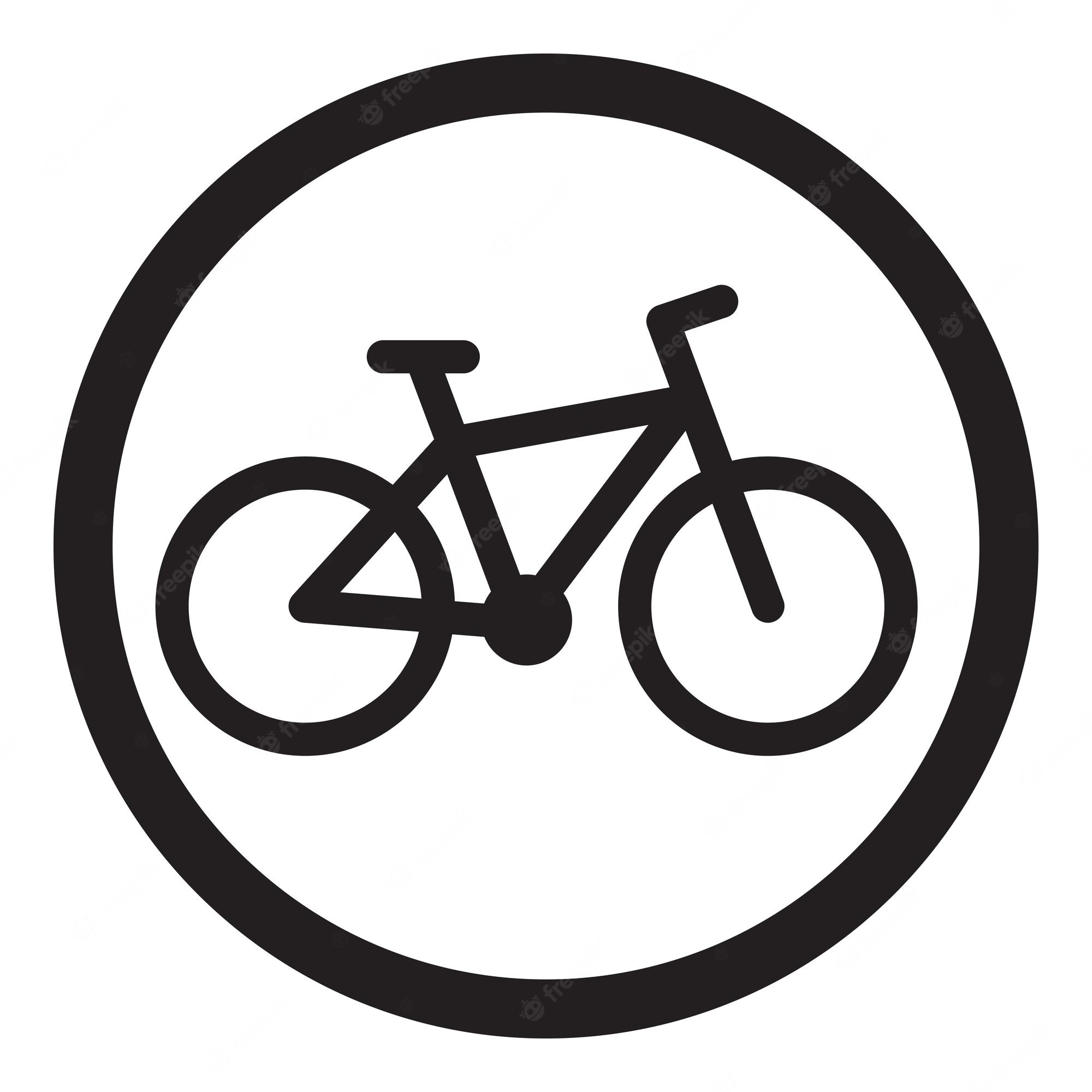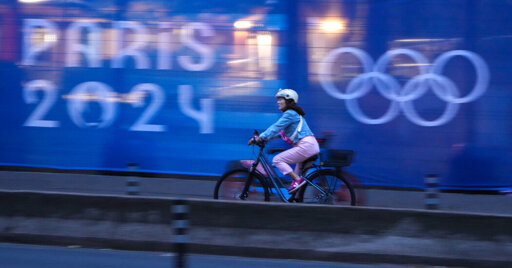Salivating for mid-block crosswalks, more armored bike lanes, daylit intersections, and more on the west coast, too.
11.2 percent of trips in Paris are made by bike, compared with 5 percent in early 2020, David Belliard, the deputy mayor of Paris, told me in a text message. Just 4.3 percent of trips are made by car
That’s amazing!
Can we get that mayor to come to the US? Or whoever is in charge of city infrastructure? Some of those changes won’t work here (e.g. painted “no parking” areas will just get ignored in NYC), but I’d really like to see more impediments to crossing through major cities, because pushing cars to go around is the best way to reduce traffic.
Unfortunately, the culture here is to prioritize control for the individual instead of prioritizing overall flow. I sincerely hope that changes, because traffic even in my small-ish suburban area kind of sucks and could with a change in transit philosophy. We should be maximizing traffic flow and minimizing conflict, but we seem to do neither here.
I mean the big numbers are missing from those listed. How is the remaining 85% split up? Probably by foot and public transport but idk. Biking is the best if it works for your needs, but the real takeaway here is amazing public transport and walkability.
Yeah, I was amazed at just how rare car trips are… In my local city, I think it’s more like 85% by car, 10% by mass transit, 4% by foot, and 1% people somehow defying death on a bicycle…
I think it could work here! My US city does concrete bike lane berms. Cars have to park in designated areas because they can’t cross the concrete blocks or planters. My city has been putting in some speedhumps, too. The only complaint is that the infrastructure needs to be going in even faster to make it safe and approachable to whole families!
We’re making some progress as well. We’re getting a bike path to finally join one path through the city with the intercity path, so that’s nice. But I don’t think I’ve ever ridden on a road with physical separation between the bike lane and the road. Either the bike path is completely separate or it’s a bike lane in the door zone.

The common argument against building cycling infrastructure is that “nobody is using them!”.
Of course, when you look at REAL WORLD examples from Paris, Amsterdam, or even Montreal, you can clearly see that pretty much any and everyone will ride bikes when the infrastructure supports them.
The increase in cyclists in Paris directly correlates to the efforts made by their leadership to make cycling more common (and cars of a necessity).
Meanwhile… Ontario, Canada has just announced that they’ll be widening the 401 highway (again), just so you can cram more people in gridlocked traffic! What better way to burn away hundreds of millions of dollars! /s
We’ve induced a demand for cars by spending most of our transport budgets on widening highways and designing our cities for cars. As they say, build it and people will use it. Most people don’t care how they get around as long as it’s convenient and we’ve made the least efficient means of transporting people the default.
Most people don’t care how they get around as long as it’s convenient and we’ve made the least efficient means of transporting people the default.
I agree, and I would also argue that focusing on car travel makes every other form of travel less convenient.
Because you have to battle the collateral damage that car infrastructure causes: grid lock, unsafe intersections, parking in bike lanes, the massive space required for parking lots, the noise and air pollution, the excess wear on infrastructure, danger to pedestrians and cyclists, etc…
Lessening car dependency makes other forms of transportation safer and more convenient as a side-effect.
as long as it’s convenient
That’s the big caveat.
In my city, even driving on the congested streets during rush hour, it took my wife 35-40 min to get to her old job by car, or almost 2 hours by bus.
It’s no wonder fewer people take the bus when those are the choices you are faced with.
Certainly! And that’s the problem. We’ve been spending billions to expand highways and add new highways through cities, while chronically under-funding public transit and designing roads that are unsafe to cyclists and pedestrians. As cities continue to grow, adding highway lanes counterintuitively increases traffic due to induced and latent demand, when the most people will be moved by public transit, walking and bicycling. The only cure to traffic is viable alternatives to driving.
The thing about NYC is that even when the infrastructure supports it, the cars are just overbearing. And a constant threat. Just last week I was riding down the protected bike lane in park slope (bike lane separated from the street by unbroken line of parallel parked cars). Well, some idiot turned right into the bike lane right in front of me. I went over the hood.
The cops in the report called both of us victims because I damaged his car, blamed my “high rate of speed,” and noted how he wouldn’t have been able to see me. Fucking nonsense.




